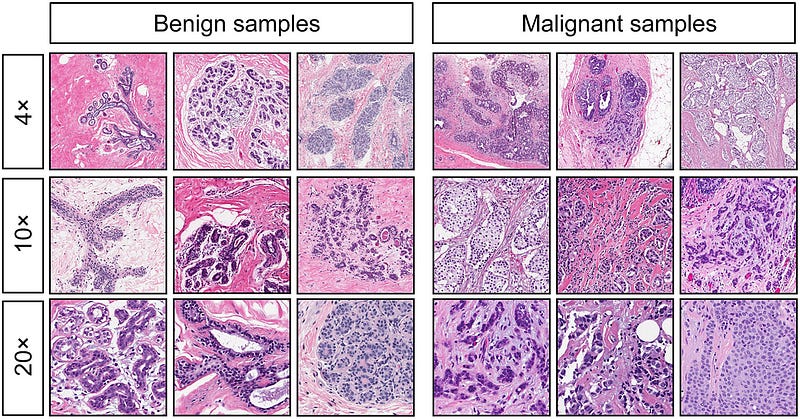# Enhancing Cancer Detection with Google’s Augmented Reality Microscope
Written on
Chapter 1: Google’s Innovative Approach to Cancer Diagnosis
In recent years, Google has concentrated on advancing remarkable computer vision technologies. The impact is evident in the impressive photographs produced by Pixel phone cameras, even with older hardware, and how Google Photos can recognize a wide variety of objects in your uploaded images. Currently, Google is applying its machine learning expertise in partnership with the Department of Defense (DoD) to create an augmented reality microscope designed to assist physicians in diagnosing cancer.
Many cancer diagnoses involve examining biopsy samples through a microscope to verify the presence of cancer cells. Even seasoned pathologists can make mistakes from time to time. Through this AI initiative, Google aims to reduce the current diagnostic error rate, which stands at approximately 5 percent.
Section 1.1: The Role of the Department of Defense
While it might seem unusual for the DoD to be involved in such a project, the agency has a division known as the Defense Innovation Unit (DIU). This unit focuses on scaling commercial technologies for various applications across the nation. Although their primary mission often centers around national security, the field of medicine is also within their purview.
Subsection 1.1.1: How the Augmented Reality Microscope Works

Google envisions a system that operates on the open-source TensorFlow platform, working in tandem with the pathologist to scan biopsy samples. The intention is not for AI to completely replace human pathologists; rather, it aims to act as an additional layer of analysis. Google believes that this synthetic second opinion could help reduce the 12 million diagnostic errors that occur annually.

The process of training AI to identify cancerous cells should resemble the training required for recognizing everyday objects, like trees or dogs. It involves supplying the algorithm with labeled data and making adjustments until it can accurately detect essential features. This system will generate an overlay to highlight potential cancer cells, assisting pathologists in making more precise diagnoses.
Section 1.2: Data Privacy and Testing Phase
The data utilized to develop this AI was sourced from both public and private entities, with all personal information removed to safeguard patient confidentiality. Google emphasizes that any new patient data will remain under the jurisdiction of the respective hospital or healthcare provider. The initial testing phase will occur at selected Defense Health Agency facilities and Veteran’s Affairs hospitals across the United States. Should the system demonstrate effectiveness, it will expand to additional military healthcare locations.
Chapter 2: Video Insights on Google’s AR Microscope
The first video, titled "Google Health AI's Augmented Reality Microscope and Pathology Foundation Model," delves into how Google is utilizing advanced AI technologies to enhance cancer detection and diagnosis.
The second video, "Google Researchers Are Using AR Microscopes to Detect Cancer," showcases the practical applications of augmented reality in the medical field, specifically in cancer diagnosis.